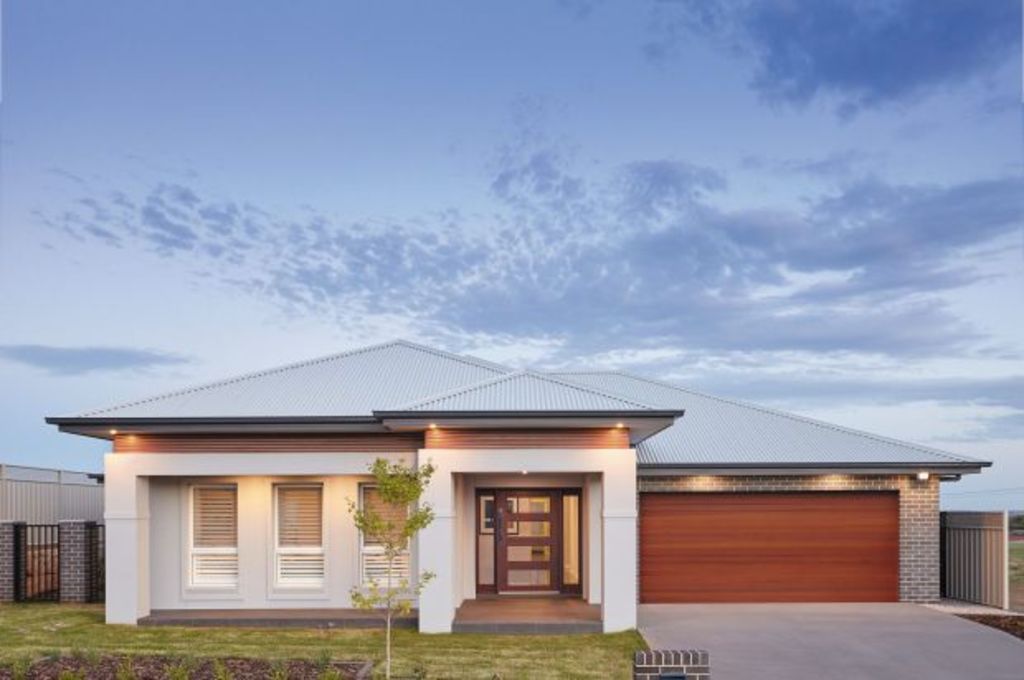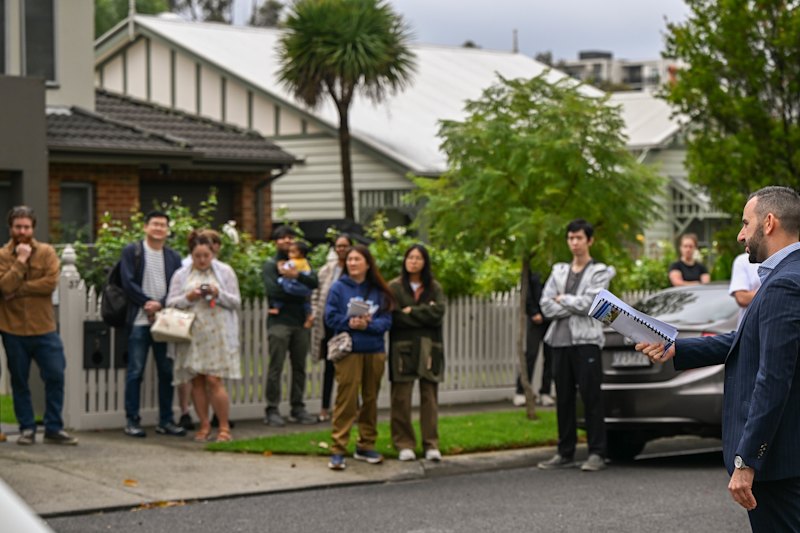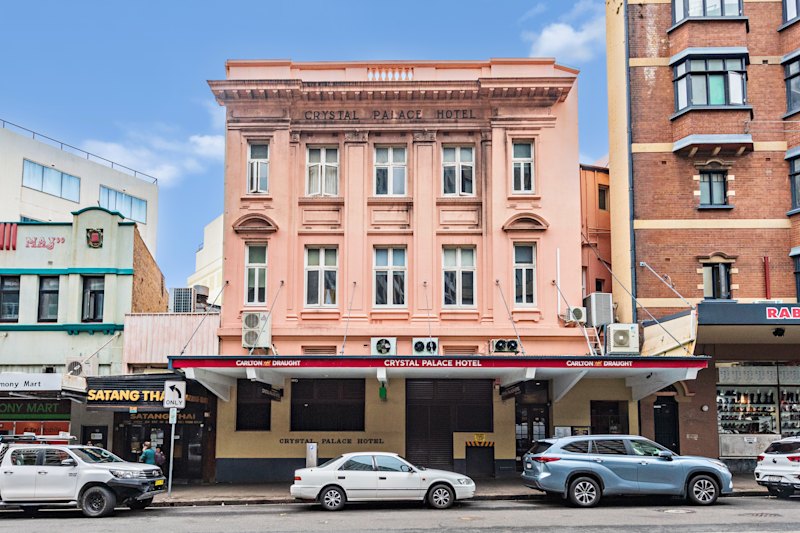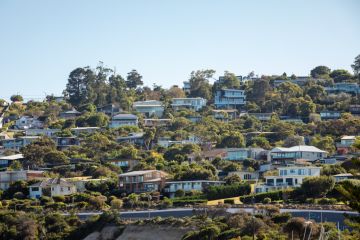Demand for land to weaken as people set to take advantage of lower apartment prices: BIS Oxford Economics

Prices for house and land packages in the outer suburbs of Australia’s east cost cities are tipped to ease as demand weakens off the back of the building boom.
An apartment oversupply in Brisbane, and, to a lesser extent, Melbourne, has market forecasters BIS Oxford Economics predicting a decline in demand for new houses, as people take advantage of lower unit prices and rents.
“Falling unit prices will shift some buyer demand from the house market to the unit market, while easing unit rents will delay some first home buyer demand from moving into home ownership,” BIS senior manager Angie Zigomanis said.
Sydney is also forecast to see reduced demand, according to BIS’ Outlook for Residential Land 2017 to 2022 report. It comes off the back of a 25-year peak which saw an estimated 11,200 residential lots produced last financial year
Melbourne, by comparison, had a record 21,400 lots produced in 2014-15 and since then has averaged 21,050 lots per year. Brisbane had 9400 lots last financial year.
Perth and Adelaide have already seen significant falls in lot numbers, but demand in both cities is still expected to soften.
“[The number of lots released in Sydney] has got as high as I can see it ever going,” said Mr Zigomanis. “Sydney only produces about half the amount of land as Melbourne, and most of the estates and space left in Sydney is 40 kilometres out of town.”
Although land price growth was once outpaced by house price growth in most markets, it has caught up, narrowing the price gap and driving some demand back into the established housing market. Median lot prices in Melbourne have hit $300,000 and hover near $475,000 in Sydney, according to the Housing Industry Association.
While the new detached housing market has been relatively stable over the last five years, HIA principal economist Tim Reardon expected it may ease a little.
“There will be a modest slowing in building approvals over the next few years, but the market has held up far stronger than we previously forecasted,” Mr Reardon said. “The slowdown if it happens wouldn’t be substantial.”
Figures released by the Australian Bureau of Statistics on Wednesday showed new home building expanded by 1 per cent over the three months to September, but it was still down on the same time last year.
Mr Reardon said the slowdown was being accentuated by restrictions on foreign investor participation and another potential round of APRA constraints.
He said the sector was also contending with first-home buyers and young upgrading buyers opting for apartments over new houses.
“The dynamic we’re seeing at the moment is that more first-home buyers are picking up apartments in metro areas, not going for a house on the city fringe.”
Although the downturn in new dwellings in the next few years will lead to increased demand in the next cycle, Mr Zigomanis agreed there would be less demand for house and land packages from younger generations.
“Long term, [house and land packages] will probably lose their appeal, as the next round of home buyers are in their 20s and 30s,” he said. “There’s probably a group that still want the [quarter acre block], but many want the amenity of inner suburbs they’re used to living in and don’t want to go out to those areas.”
Despite weakening demand, Mr Zigomanis doesn’t expect big reductions in prices.
“It’s more likely [developers and builders will] keep prices around where they are, but to make their offering more competitive they will ramp up offers like paying for stamp duty, giving big gardening vouchers or rebates to get people in.”
Developers who have recently paid top dollar for large land holdings would likely look to delay lot development if they could afford to, he said.
The forecasts were a surprise for GJ Gardner Homes general manager Lee Moore, who said the residential building company had seen some of its stronger performance to date in recent months.
“We’ve had our biggest performing month in NSW ever last quarter and record sales in Victoria and Queensland,” he said.
While apartment numbers are on the rise, he believes the great Australian dream of a home on a quarter acre block is still alive and well. “Over the next five years we expect to still see strong demand.
We recommend
We thought you might like
States
Capital Cities
Capital Cities - Rentals
Popular Areas
Allhomes
More







